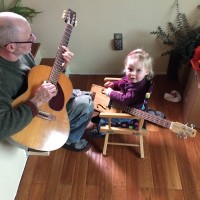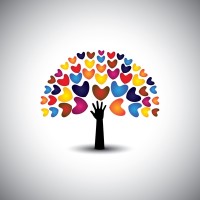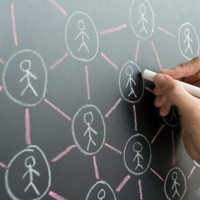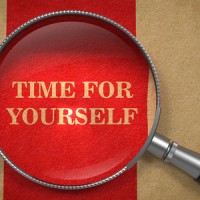
Do Our Conversations Matter? Yes!
May 6
[Posted in the Homer News on May 5, 2016] I recently had the opportunity to participate in a conversation. Maybe you have too? Conversations may make up our day from morning Read More

One service that MAPP provides to our community is outreaching progress and celebrating collaborative work that is improving our community health. Check out our recent articles published in local media, such as the monthly 'RoadMAPP to Health' columns in the Homer News, and our monthly MAPP newsletters.

[Posted in the Homer News on May 5, 2016] I recently had the opportunity to participate in a conversation. Maybe you have too? Conversations may make up our day from morning Read More

April 7, 2016 [Posted in the Homer News on April 7, 2016] Role models are truly vital to a healthy and resilient community. I’m not just saying that, that is Read More

[Posted in the Homer News on March 3, 2016] By Kyra Wagner I usually don’t like using strong words like “always” and “never” and “everything” or “nothing,” but sometimes I Read More

Posted in Homer Tribune on 2/17/16 By Susan Kaplan Homer is a community that cares. We turn out for fundraisers, volunteer at local events and nurture strong friendships. In fact, Read More

[Posted in the Homer News on 2.4.16] By Kyra Wagner This is the start of the political season when we start getting flooded with poll results. But rather than focus Read More